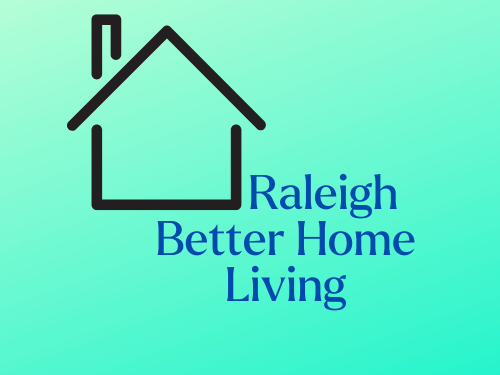
Understanding Color Psychology in Your Home
Color affects more than just aesthetics in interior design; it's a powerful psychological tool that can shape our emotions and perceptions. Particularly for homeowners aged 40 to 65, making thoughtfully curated color decisions in their living spaces can foster comfort and well-being. As we delve into the world of color psychology, we'll explore how different hues influence mood and atmosphere.
The Psychological Impact of Color Choices
Research indicates that colors can evoke specific feelings. For instance, warm tones like red and orange create energy and passion, making them perfect for communal spaces such as living rooms. In contrast, cool tones like blues and greens are calming and are best suited for areas intended for relaxation, like bedrooms or studies. Understanding these dynamics can transform your living environment into a sanctuary of emotional balance.
Colors for Different Spaces
1. **Living Room**: Warm colors promote conversation and connection. Consider using reds or oranges as accents, paired with neutral or cool tones to create a balanced atmosphere.
2. **Bedroom**: Soft blues and greens are ideal choices for bedrooms as they promote tranquility and are conducive to restful sleep. Incorporating natural elements like plants can enhance this calming effect.
3. **Kitchen**: Yellow and orange are excellent for kitchens because they stimulate appetite and create a vibrant, lively atmosphere. Use these colors wisely to keep the kitchen cheerful without overwhelming the senses.
Practical Tips for Implementing Color Psychology
To harness color psychology to your advantage, consider these tips:
- Assess the Room’s Purpose: Think about how you want to feel in each space. Bedrooms should be calm, while kitchens can be energizing.
- Lighting Considerations: Remember that lighting changes the way colors look. Test paint samples under different lighting conditions to see their true effect.
- The 60-30-10 Rule: When designing a space, use 60% dominant color, 30% secondary color, and 10% accent shades to create a visually pleasing balance.
Emotional Reactions to Color
We all respond to colors based on personal experiences and cultural influences. Here’s a brief overview of how popular colors might affect you:
- Red: Passion, warmth, and excitement but also can evoke feelings of aggression if overused.
- Blue: Calming and peaceful, often used to create serene environments.
- Green: Symbolizes nature, fostering freshness and healing vibes, great for restoring energy.
Future Trends in Color Psychology
The integration of color psychology into interior design is becoming increasingly sophisticated. As we move forward, expect to see a rise in color therapies incorporated into home design strategies. Homeowners will likely prioritize colors that promote wellness, reflecting a growing awareness of mental health and emotional well-being in their living spaces.
Conclusion: Take Action with Color
Deciding on a color scheme can significantly impact not only the look of your home but also how you feel in it. Engage with your family in the decision-making process to ensure everyone loves their spaces. Consider the emotional and psychological implications of your choices, and don't hesitate to seek professional advice if needed. Start your journey into the colorful world of home design today and create spaces that not only look good but feel good too!
 Add Row
Add Row  Add
Add 




Write A Comment